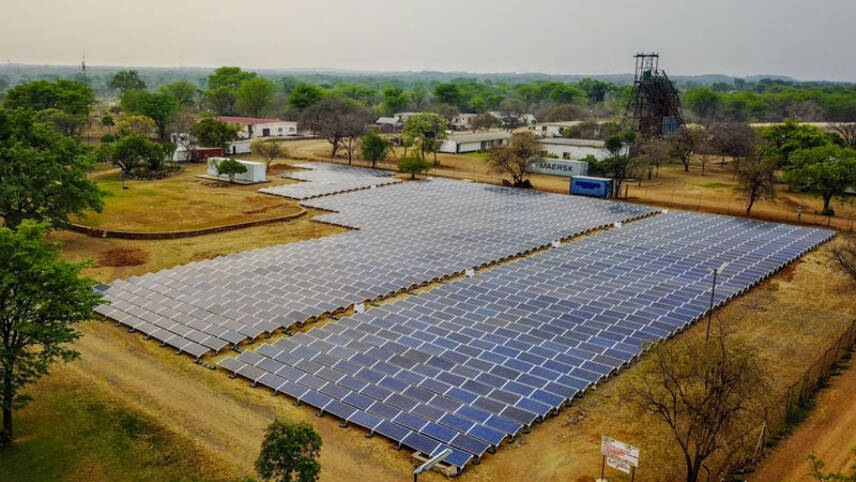Register for free and continue reading
Join our growing army of changemakers and get unlimited access to our premium content

Image: IEA
That is according to the International Energy Agency’s (IEA) latest analysis, released to coincide with the first Africa Climate Summit running in Kenyan capital Nairobi this week.
The IEA has revealed that, despite accounting for around 20% of the global population, African nations are the destination for just 2% of international spending on clean energy. This calculation covers both public and private sector investment.
With such a low level of spending, there is little to no chance of the continent aligning with the UN’s seventh Sustainable Development Goal (SDG), which concerns universal access to clean, affordable energy.
The IEA estimates that 77% of the population in sub-Saharan Africa lacks energy access. This is going by basic definitions of access; an even greater number of people will lack access to the level of energy needed to run a business or community facility.
While Africa currently accounts for less than 3% of global energy-related emissions, it will need to rapidly expand energy access without relying on dirty fossil fuels. This requires an urgent acceleration in renewable investment; Africa currently hosts just 1% of global solar capacity, for example.
The IEA has emphasised that scaling investment would be feasible and come with multiple co-benefits. It estimates that achieving SDG 7 for Africa would require $25bn in spending annually this decade – around the amount that one new liquid natural gas (LNG) terminal would cost.
It believes that, for every dollar provided in concessional capital, around three dollars of private investment could be unlocked.
Unlocking capital
That said, the paper concludes that further funding for energy access and clean energy will not be unlocked at the scale and pace needed without changes to some of the infrastructure of international finance systems.
With input from the African Development Bank Group, IEA analysts found that there is a very limited pool of affordable capital on offer to renewable developers in Africa. Capital is often provided in the form of loans with unfavourable terms, and this practice has only increased amid the energy price crisis.
Currently, the cost of capital for energy projects in African countries is at least twice as high as in China, per the IEA’s calculations.
The report proposes several possible solutions, based on 40 interviews with energy industry experts and using case studies from more than 80 projects across the continent.
These include the provision of early-stage capital from the public sector, in grant form, which can then help to attract private capital due to lower risk perceptions. This would be useful for larger projects; smaller and more remote projects would benefit from new, innovative financial products from banks, the report states.
Reforming rules to unlock financing for low-income nations is a key focus for international climate diplomacy at present. A formal process to create a new agenda for Multilateral Development Banks, the Bridgetown Agenda. was launched at the last UN climate COP by Barbados.
IEA executive director Fatih Birol said: “The African continent has huge clean energy potential, including a massive amount of high-quality renewable resources. But the difficult backdrop for financing means many transformative projects can’t get off the ground.”
The new report is intended to be used as “an informative tool” for policymakers ahead of the next UN climate COP, which begins in Dubai on 30 November. The African Climate Summit is due to conclude on Wednesday (6 September).
Related news: Report warns of $18trn investment gap to deliver net-zero energy transition


Please login or Register to leave a comment.